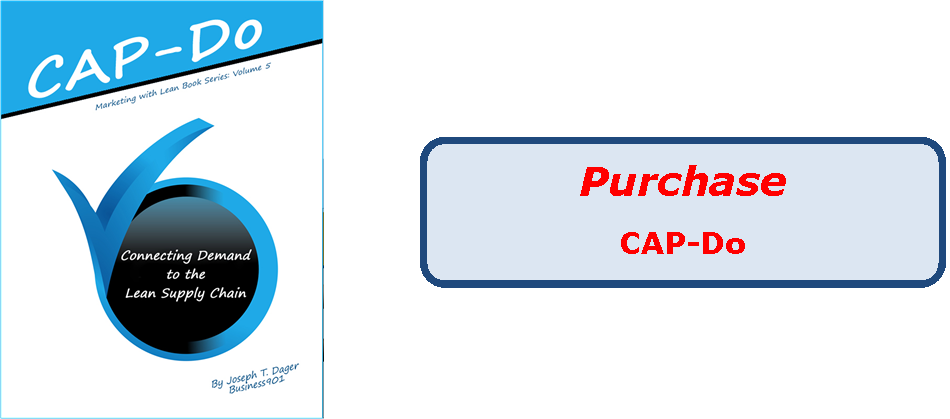The Process Communication Model (PCM) was developed by Dr. Taibi Kahler and Judy and Joe Pauley have been teaching and implementing this model for over twenty years. I enjoy the simplicity of PCM and the fact that it has been used over such a wide spectrum. Judy and Joe Pauley have written books demonstrating the use of it in:
They have written more books by the way and their website for more information is Kahler Communication.
At the ASQ 2013 Service Conference, The Pauleys will be presenting Seizing the Competitive Advantage with Service Quality on Monday, October 7, 2013 at 2:30 – 3:30 p.m. Participants in this fun filled session will learn how to apply the concepts of Dr. Taibi Kahler’s Process Communication Model with their clients in building a positive relationship with each individual with whom they interact while providing quality service, thereby seizing the competitive advantage and building for the future. On Tuesday afternoon, I have the honor to be presenting at the same conference, Session T06: Lean Service Design
An excerpt from next week’s podcast:
Joe D.: You are one of the top rated presenters at ASQ. Can you tie all this back into quality? Can we rate conversations by the quality of them?
Judy: When we want people to hear what we have to say it certainly helps to speak to them in the way they prefer to be spoken to, and that’s the bottom line. Knowing what each personality type is knowing what the personality type of the person you’re communicating with is, and using their favorite “language.” If everybody speaks English, there are six different versions of English and six different ways of communicating the same thoughts and ideas. We talk about how we perceive the world through thoughts, opinions, feelings, reflection, reaction and action. Those are the basis of the six different personality types and we have all six in us, but some of them are more developed than others and those are the ones we respond to most readily.
Joe D: I’m a sales and marketing guy so when I look at it, I think this has some great value to a sales guy. What I just took from what you said is that I should be really trying to understand how that person communicates before I start trying to communicate. How they look at the world and how best to reach or communicate with them.
Joseph P.: That’s a great observation, you’re absolutely right that is what it’s all about. As a matter of fact, we have a sales course where people get to practice individualizing their approach based on the person that they are interacting with, and each of those six types that we mentioned buys for a different reason. We give the salespeople knowledge of what that motivation is going to be before they ever go in so that they can plan their approach, make the approach, you asked about PDSA, study the results and analyze them and then make any changes that they have to make to be successful. We do the same for managers, for leaders, and for everyone who has to talk to another person.
The Six Personality Types of the Process Communication Model identified by Dr. Kahler are; Reactor, Workaholic, Persister, Dreamer, Rebel, and Promoter.
Of the six traits, which one do you think is the most popular?
Answer is below the bios.
Judith Ann Pauley, PhD, is the CEO of Process Communications Inc., an international management communications training and development company. She also is an Adjunct professor in the graduate education departments of 7 universities from New Hampshire to California, including the Education Leadership Program at George Mason University in Virginia and the Education Department at California State University San Marcos.
Joseph F. Pauley is the President and COO of Kahler Communications (Washington, D.C.) and is an Adjunct professor at the same universities as Judith Ann. Mr. Pauley served in a variety of leadership positions in the navy during the Korean War. After his naval service, he had a very successful 34-year leadership career with the U.S. government. Twenty-one of those years he and his wife lived in Asia where he became an authority on managing, communicating with, and motivating people from other cultures.
The answer is the Reactor.






